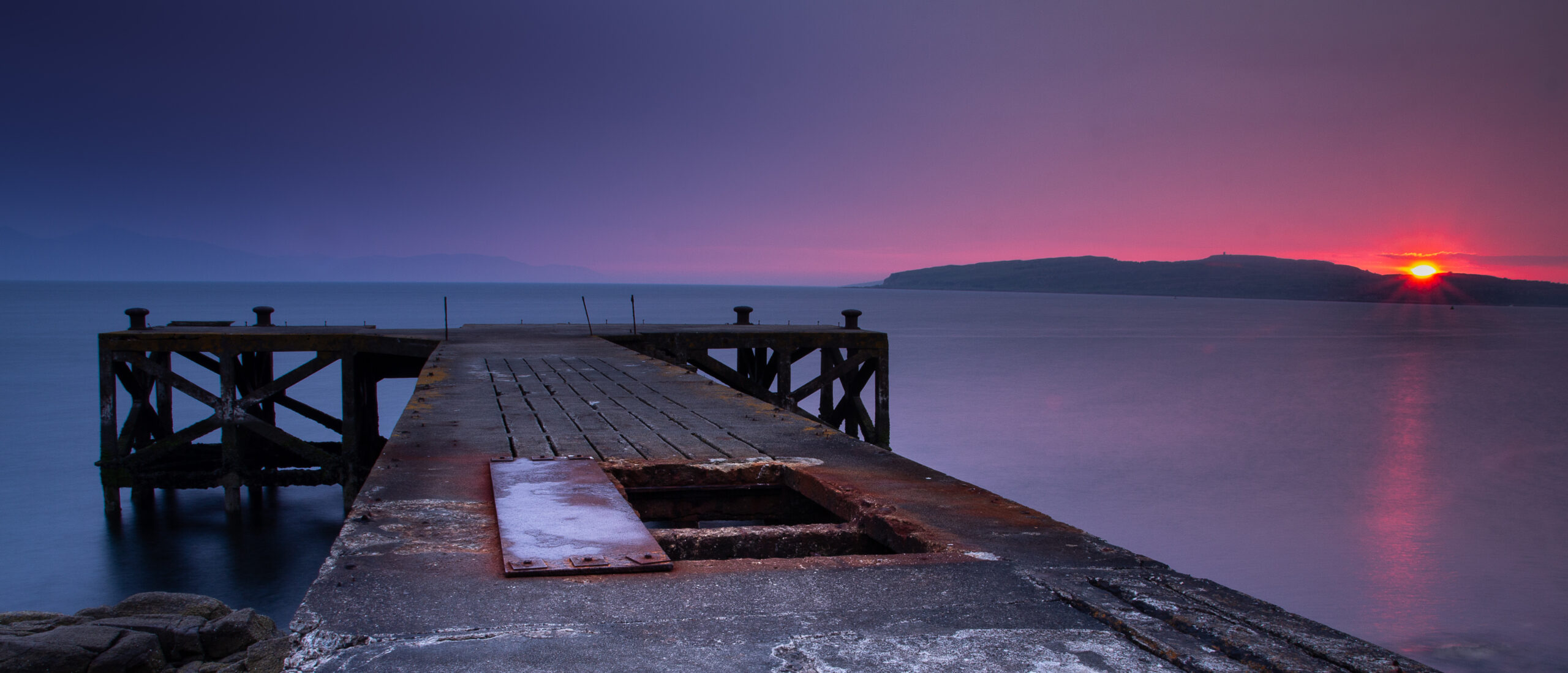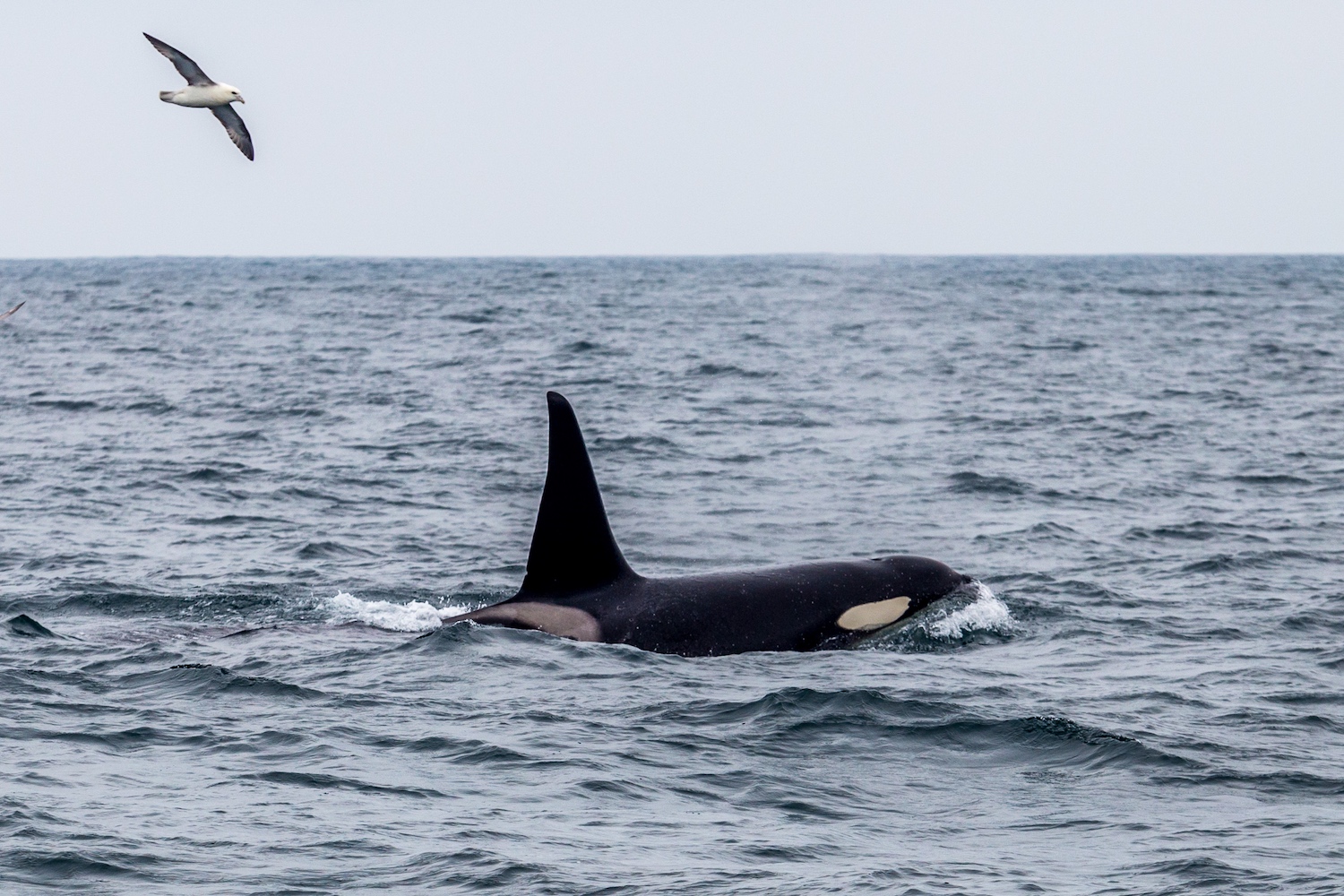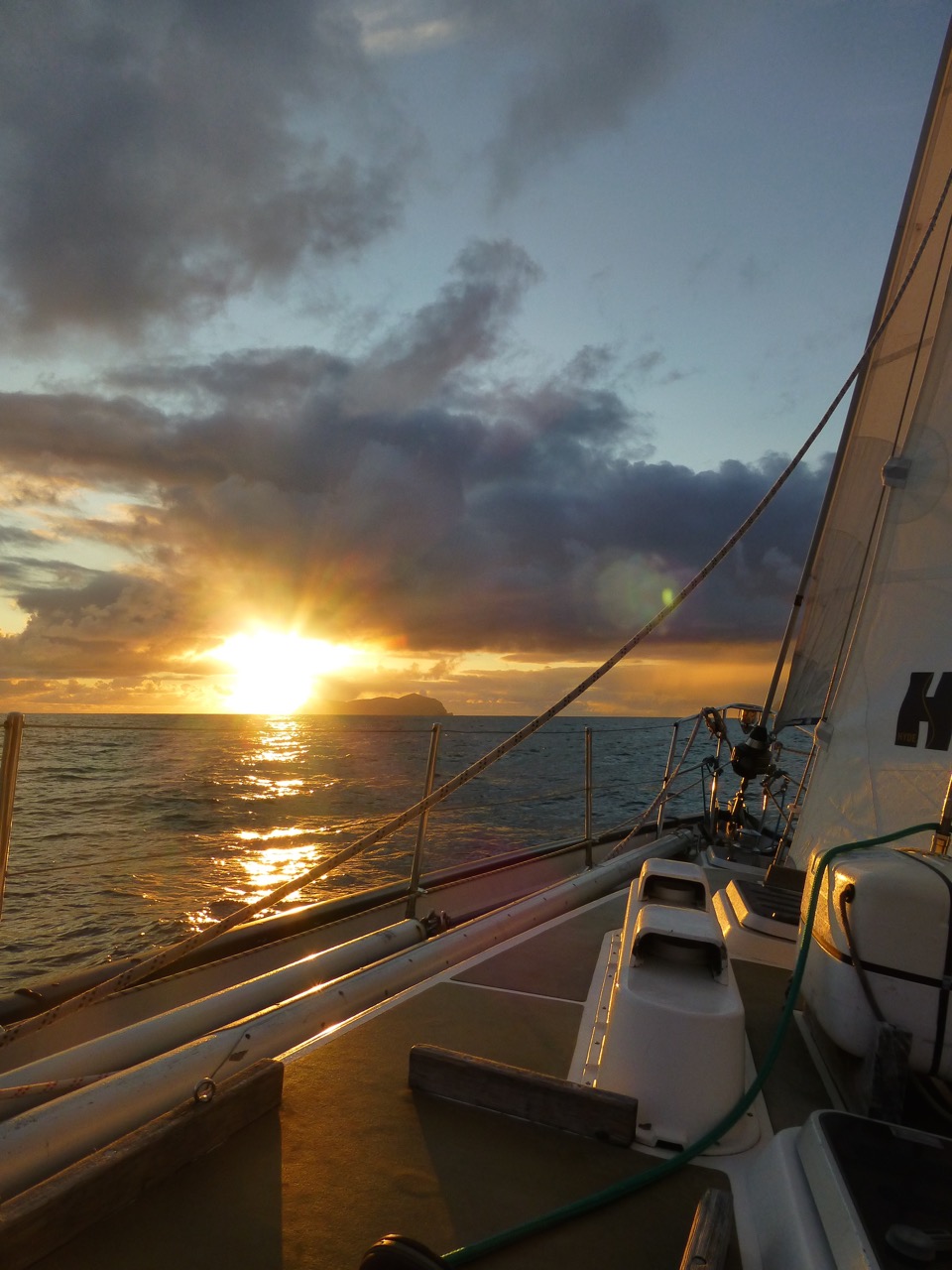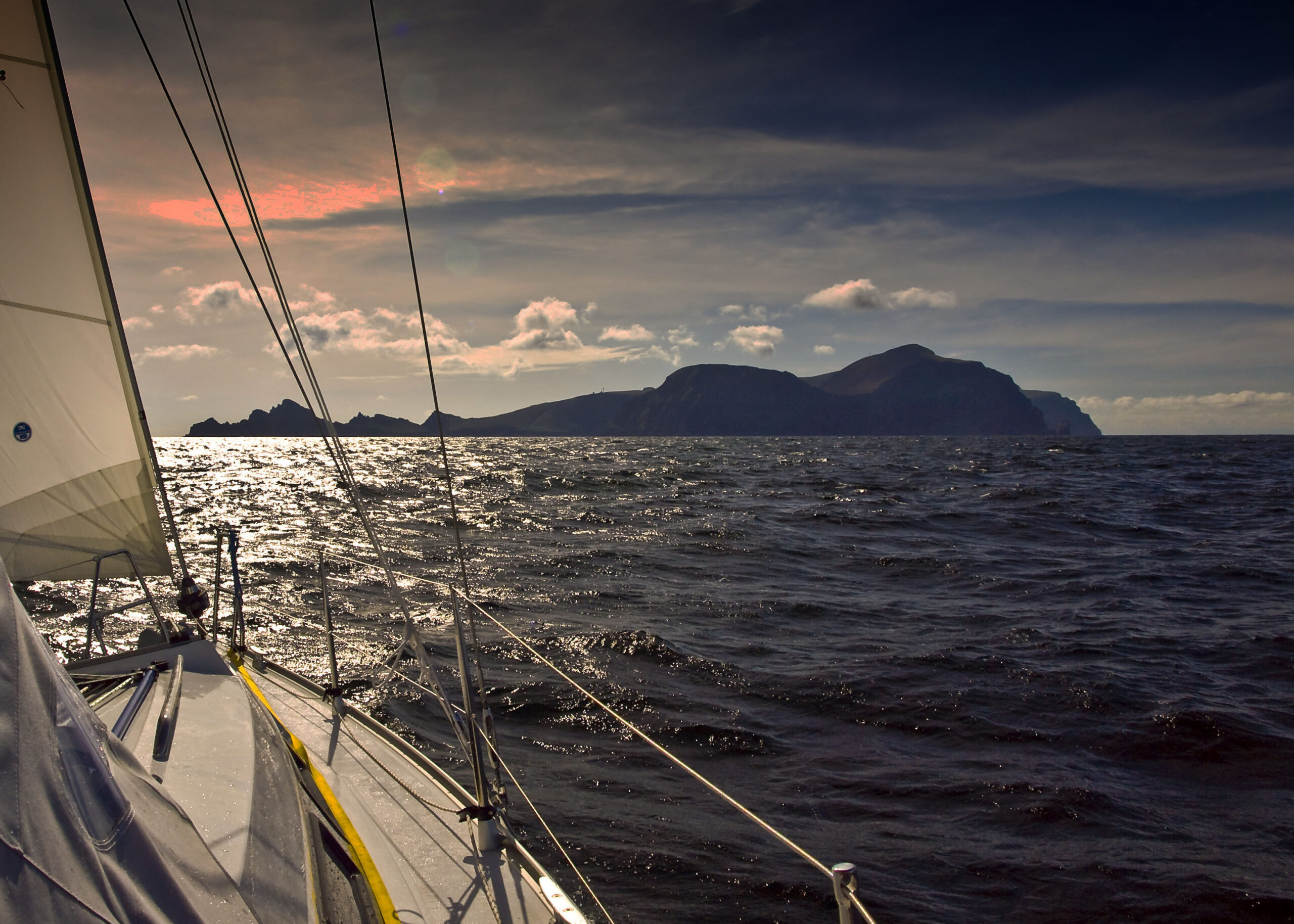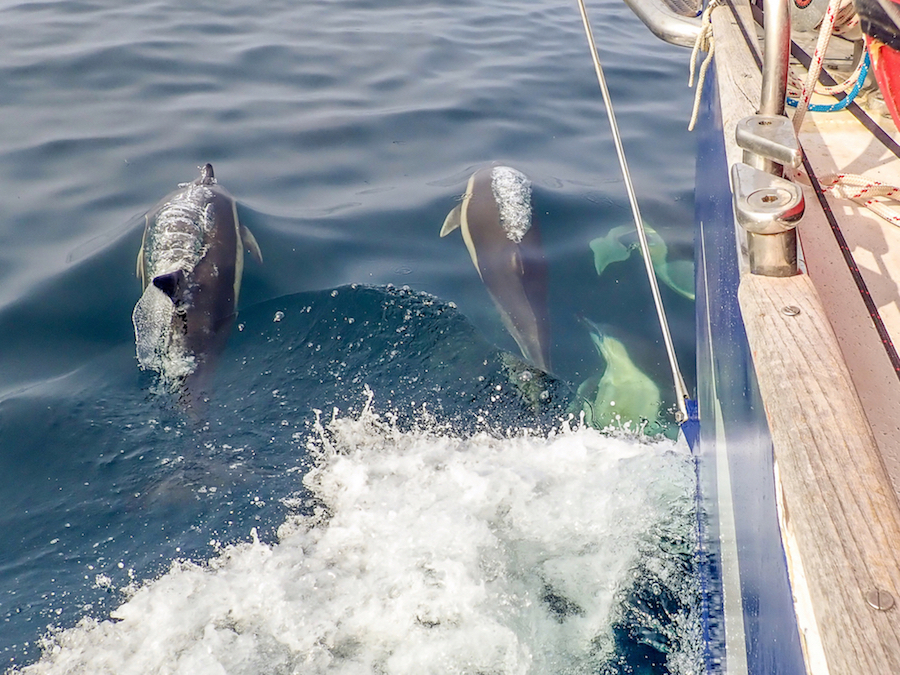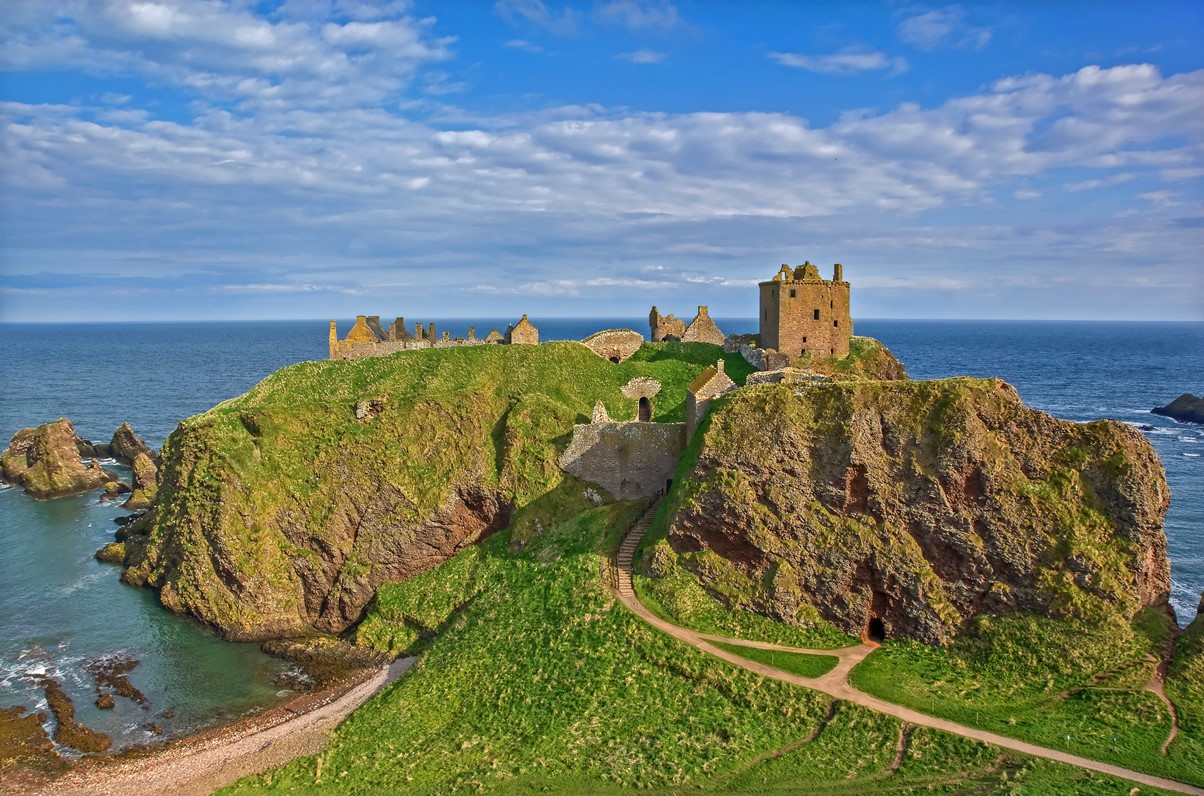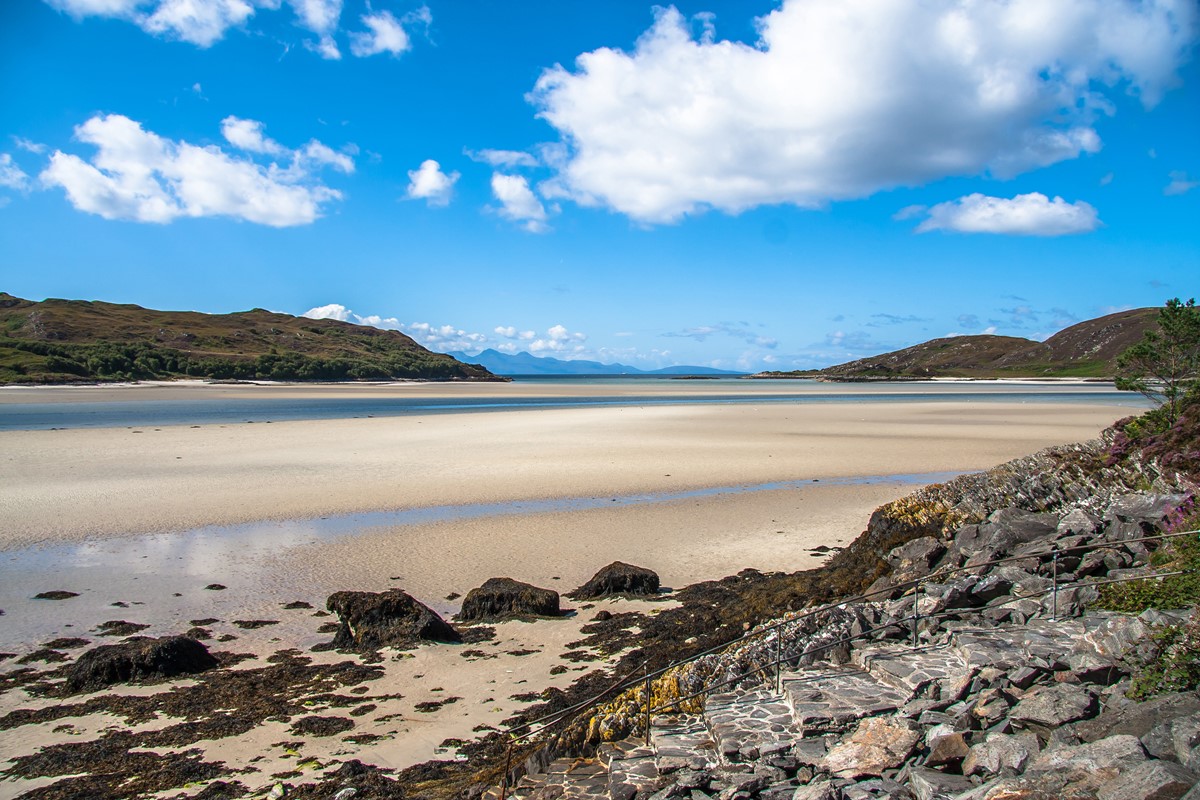Weather and Tides
Weather and Tides
The Scottish weather is often a topic of conversation – rumour has it that you can experience all four seasons in the same day, and that if you do not like the weather in the morning you only have to await the afternoon for it to improve. This is because Scotland has a temperate maritime climate in which the weather is dominated by the moderating influence of both the Gulf Stream and the North Sea.
These combine to ensure that during the winter months the weather is much milder than that which is experienced by countries on a similar latitude such as Labrador in Canada (where the sea freezes over in winter) whilst summer months are a little cooler than continental areas. Despite this variability there are distinct seasonal variations and trends in the weather, and this feature attempts to summarise these from a sailing perspective.
The following pages will provide some useful insight into Scotland’s weather and tides. You will also find live weather and tide information in the listings for each member business, allowing you to plan your trip.
Below you’ll find links to up-to-date information, giving a synopsis of conditions at sea, inshore, in general and also information related to tide times.
During the spring, summer and autumn months (i.e. the sailing season) the dominant factor in controlling temperature is latitude – the further north one sails the greater the probability that temperatures will decrease.
Typically, the mean daily temperature in Oban (17-20 degrees centigrade) on the west coast is between 3 and 4 degrees cooler than that experienced in London during the summer. There is also a slight west east gradient in temperature arising from the influence of both the North Sea and the near continent.
During the summer months east coast temperatures are typically 1 or 2 degrees warmer than those on the west, whilst in the winter and early spring the Gulf Stream ensures that this pattern is reversed and west coast temperatures are significantly higher – so much so that they often exceed those of southern England).
There is a common misconception that all of Scotland suffers from very high rainfall. This is simply not true, and much of the east coast actually receives less rainfall than southern counties of England.
Indeed, some northern and southern parts of Scotland regularly receive less than 250mm of rain during the four summer months. It has also to be acknowledged that the rainfall is higher on the west coast, where it follows a well defined seasonal pattern dictated by the passage of Atlantic depressions which are most frequent in the autumn and winter months.
During spring and early summer the weather is usually controlled by the southward migration of the jet stream and the Arctic high pressure system, often resulting in dry and settled weather.
Many people are surprised to discover that the Western Isles has amongst the highest total hours of sunshine in the UK, with some areas recording more than 1400 hours per year.
This is in part due to the fact that during the summer months the daylight hours are much greater (up to six hours more than London), but even allowing for this the sun shines for between 40 and 50% of the summer months.
For example, in Oban the average recorded values are seven hours per day for May, and six for both June and July. The values for Tiree and other islands are even higher than this.
Due to the eastward passage of the Atlantic weather systems Scotland has a regular supply of wind for the sailor!
Overall the prevailing wind is from the south west, which brings warm damp air in from the Atlantic. However, during the spring and early summer the weather systems often pass to the south, meaning that cool, dry winds from the north and east tend to be more common at this time.
Mean wind speeds are typically between 10 and 15 knots during the sailing season, but be warned that gales can occur in any month of the year In coastal areas the wind direction can be strongly influenced by the local topography – it has been known for two yachts to be sailing towards each other whilst both flying a spinnaker!
Finally, there is yet another misconception about the Scottish weather that is associated with the wind – this is that the air is ‘heavier’ in Scotland, ie for a given wind strength a boat will heel more. The reality is that the sheltered nature of many coastal areas means that the sea state is often less than might be expected for a given wind strength. Consequently, a visiting sailor might judge the wind strength by what they see, ie the sea state, rather than their anemometer.
If in doubt reef early and keep a little in reserve!
Tides can be of significant assistanceto sailors, whether simply out for a day sail or when trying to put the miles under the keel whilst on passage, as they can often provide a significant ‘lift’ if the timing is right. On the whole tidal ranges are less than most people expect, but there are some areas where the ability to read and use both a tidal stream atlas and tide tables is important. Many sailors are surprised to learn that the strength of the tidal flow is not related to the range (other than being greater during springs than neaps). For example, typical tidal flows of approximately 1 knot within the Firth of Clyde during ‘springs’ (3.1m range) are significantly less than that found in the Sound of Islay (0.6m range, up to 8 knot tides).
Rather than attempt to try and summarise the tidal patterns for the whole country in a few words it is perhaps more useful to try and focus on the important issues. There are several ‘tidal gates’ at which the strength of the tide is sufficient to prevent progress of even a large sailing yacht if the navigator gets their sums wrong. As the flood tide follows a clockwise direction around the Scottish coast the main tidal gates will also be listed in this pattern: Kyles of Bute, Mull of Kintyre, Sound of Islay, Dorus Mor, Gulf of Corryvreckan, Sound of Luing, Cuan Sound, Duart Point (entrance to Sound of Mull), Kyle of Loch Alsh and Kyle Rhea (Skye), Pentland Firth (Orkney) and the inner Firth of Forth.
Some of these tidal gates have an infamous reputation- most notably the Mull of Kintyre, Gulf of Corryvreckan, and Pentland Firth, not least because peak flows during a spring tide at all three locations can exceed ten knots. At all of the tidal gates, and especially these three, it is very important to ensure that the direction of both wind and tide is the same. It may sometimes be necessary to push against the tide for the last hour of the counter tide in order to achieve a comfortable passage through the gate, as once the tide turns standing waves, overfalls, eddies and whirlpools can quickly develop. At other times the distance that has to be covered (for example the Pentland Firth) may dictate that you simply have to sit back and enjoy the benefits of one of the many anchorages, marinas or harbours whilst you wait for a fair wind and tide!


